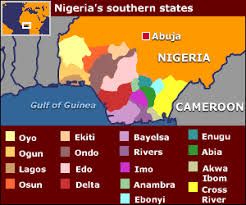
Southern Nigeria is One!
Southern Nigeria is one civilization regardless of foreign inspired religious and political divisions. A civilization is a set of genetic and cultural values shared by specific tribes.
There are five world civilizations – Western Judeo-Christian, Afro-Asiatic Islamic, Asiatic Buddhism and Indigenous African Ifa-Afa-Iha-Efa. While the Northern Nigeria is made up of the Core (Far) North that is Afroasiatic Islamic civilization and the Middlebelt that is indigenous African civilization, Southern Nigeria is made up solely of the indigenous African civilization as outlined below.
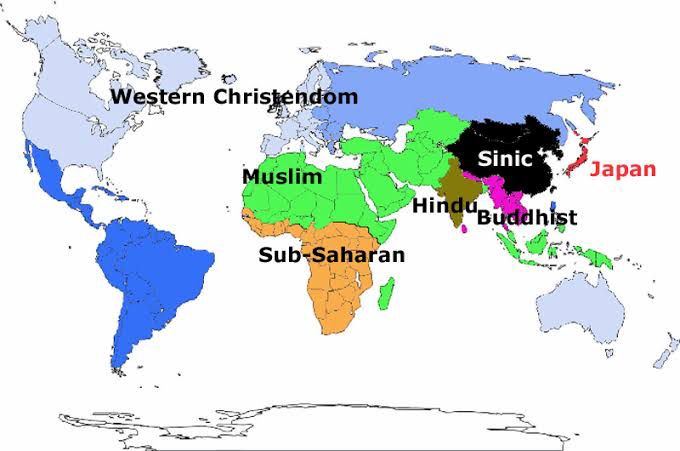
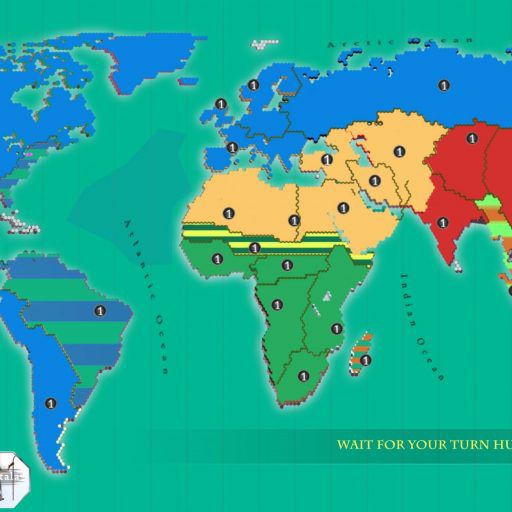
1. Genetics –
Various DNA studies have shown that Southern Nigerian peoples not only share the same origins but are the oldest of all full sized humans. Tishkoff SA, Reed FA, Friedlaender FR, et al. (25 co-authors). 2009. The genetic structure and history of Africans and African Americans. Science 324:1035 presents the DNA values of major ethnicities across the world and 14 probable ancestral homelands, which showed that indigenous peoples of the Lower Niger have the oldest full sized human DNA and are most probable origin humanity – Yoruba with 0.932 (93.2%) – to the west Ashanti is 0.901, to the north Gwari 0.895, to the east, Igala is 0.931, Igbo 0.920, further east across the border into Cameroun Ewondo 0.912 Eton 0.895, eastward into Gabon Fang 0.895 and Kongo 0.907, Baluba 0.909.
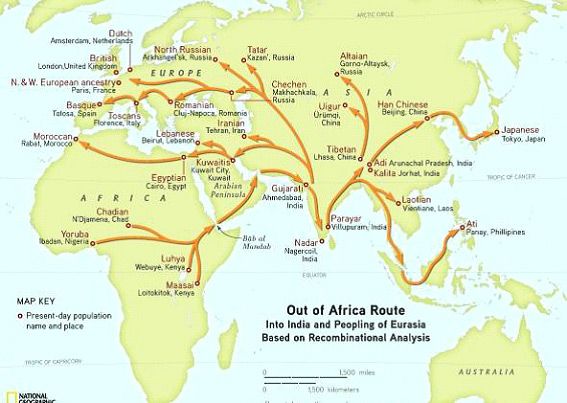
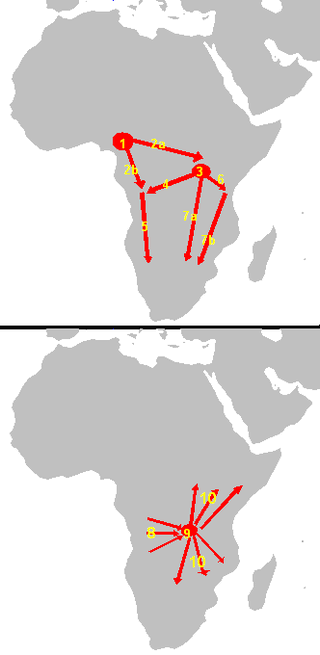
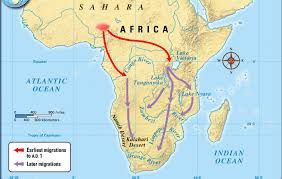
A more definitive study held at Harvard University Medical School laboratory, The Simons Genome Diversity Project: 300 genomes from 142 diverse populations – Swapan Mallick et al. Nature. 2016 showed that those now categorized as Yoruba and San separated substantially from around 87,000 years ago (58–120kya), the oldest of Southern Nigerian indigenous African peoples.
The separation of pygmies and full sized humans is tied to the evolution from picking wild yams to yam cultivation. This was the foundation of the initial social organization that evolved into the Southern Nigerian indigenous African civilization, the world’s first civilization. For decades this evolutionary trend had been challenged by those that insisted that human civilization couldn’t have evolved in the rainforest without grasslands grains. This was assailed in the seminal work of Yasuoka H – Dense Wild Yam Patches Established by Hunter-Gatherer Camps: Beyond the Wild Yam Question, Toward the Historical Ecology of Rainforests. PMID: 23761948; PMCID: PMC3672516.
It was actually the guarantee of wild rainforest yams, palm trees, rich termites that enabled the experimentation of grains in the wooded grasslands and savanna around the Niger-Benue Rivers, thereafter spreading the Southern Nigerian agricultural civilization across the world.
2. Language –
Southern Nigeria speak a single continuum of dialects, meaning the different languages evolved from a single mother tongue.
As tribally diverse as Nigeria might seem, the over 500 languages belong to two language families – Niger-Congo and Afro-Asiatic ethnolinguistic groups.
70% of Nigerian population belong to the Niger-Congo ethnolinguistic family, a continuum of dialects that spread from Southern Nigeria to South Africa, with Yoruba and Igbo being the most populous Niger-Congo indigenous African groups.
The Afro-Asiatic language group are situated in Northern Nigeria, with Hausa being the largest Afro-Asiatic group, second only to Arabic.
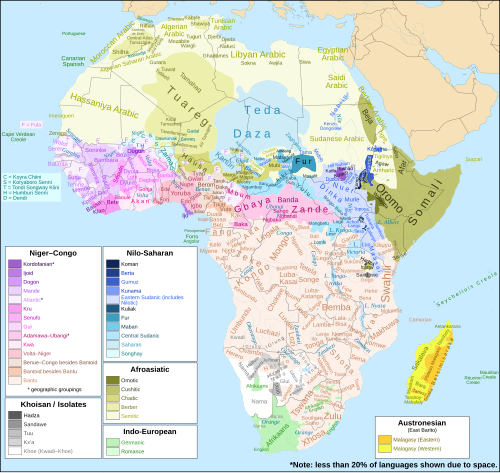
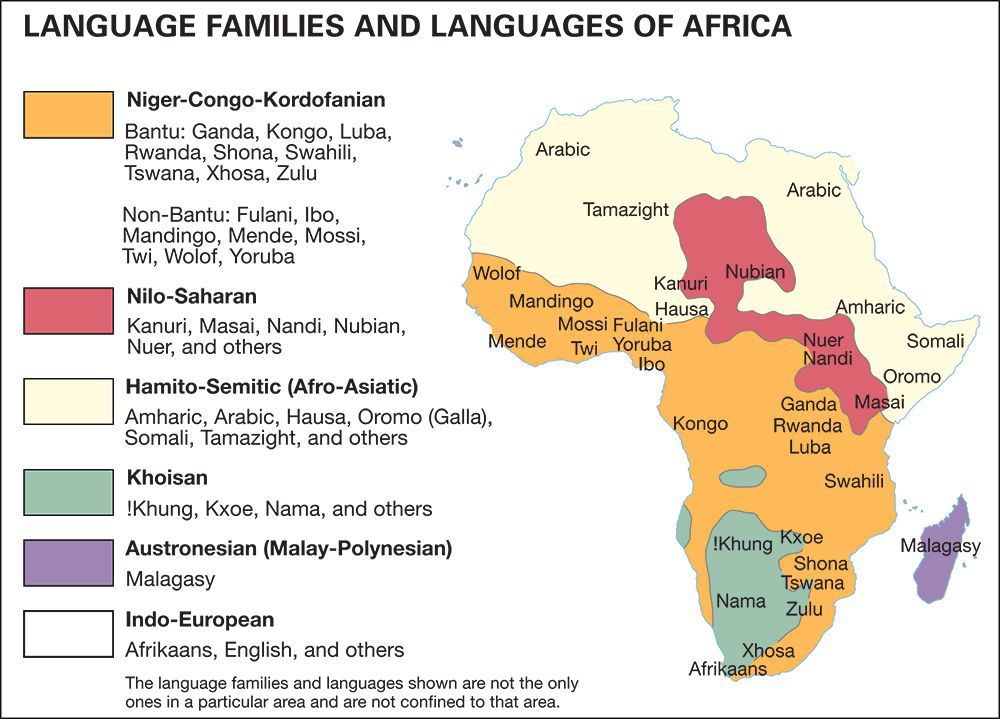
The Niger-Congo group can be broken into subfamilies, most important of which is the Volta-Niger, Ijoid and Benue Congo subgroups. The Volta-Niger subfamily based on genetics is the origin, that evolved in the rainforest where wild yams were picked before Man settled into yam planting agricultural communities that include the Yoruba, Igala, Igbo, Idoma and Gwari. The Ijoid subfamily are part of the Volta-Niger subfamily that stayed on mangrove coast where humanity evolved, with fishing being the staple food.
Following the evolution of yam agriculture in the forest, humans began inching out of the rainforest into the savanna around the confluence of Niger-Benue Rivers, as a new subfamily emerged between Benue and Cross Rivers, known as the Benue-Congo ethnolinguistic subfamily. The Benue-Congo ethnolinguistic subfamily spread down Cross River to the coast as Efik and Ibibio, and across Northern Nigeria known as the Plateau, Grassland, Kanji subfamilies. The Benue-Congo continuum of dialects spread out through Benue River into Cameroun, down the Sangha River into the Lower Kongo River Basin to form Western Bantus, while those that spread out through the Lake Chad, went down the Chari River to Ugbangi River and Great Lakes, spreading to East and South Africa.
Abrahamic imperialism from Eurasia derailed, transformed and broke the Niger-Congo continuum of dialects, erasing their episteme and replacing it with foreign religions and perspectives. The Afro-Asians through trade, intermarriage and later conquest created new languages – Hausa the West African Afro-Arabic trade language like Swahili, the East African Afro-Arabic trade language, among many other Afro-Asiatic languages. The European colonists inflicted the greatest damage to the Indigenous African civilization by breaking it into tribes. They interpreted their Bible into single dialects to make them standard languages of regional tribes.
3. Episteme – knowledge banks –
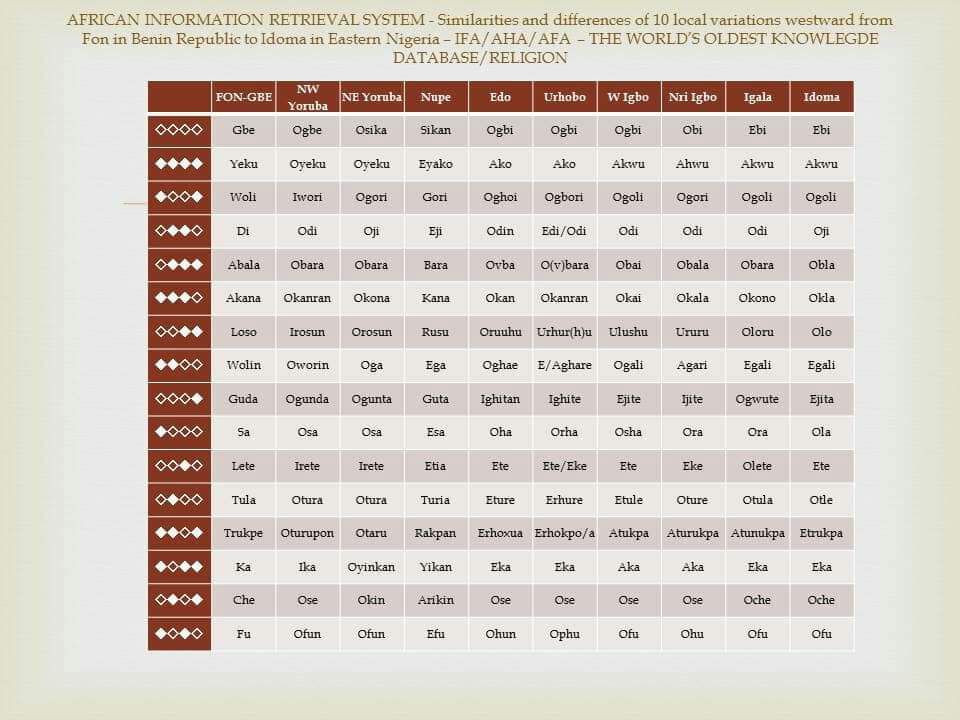
With the evolution from hunter gatherers to settled agricultural communities where the world’s first knowledge bank evolved in Southern Nigeria, academically known as African Information Retrieval System, popularly called Ifa by Yorubas, Afa by Igbos, Iha by Edo, Efa, Fa etc that stores information of every community from beginning to present. Based on 256 bits, it transmits information through natural electromagnetic fields.
Natural laws and phenomena were conceptualized as philosophical and spiritual essence known as Orisa, Agbara, Alusi etc.
4. Philosophy, Sciences and Moral Values –
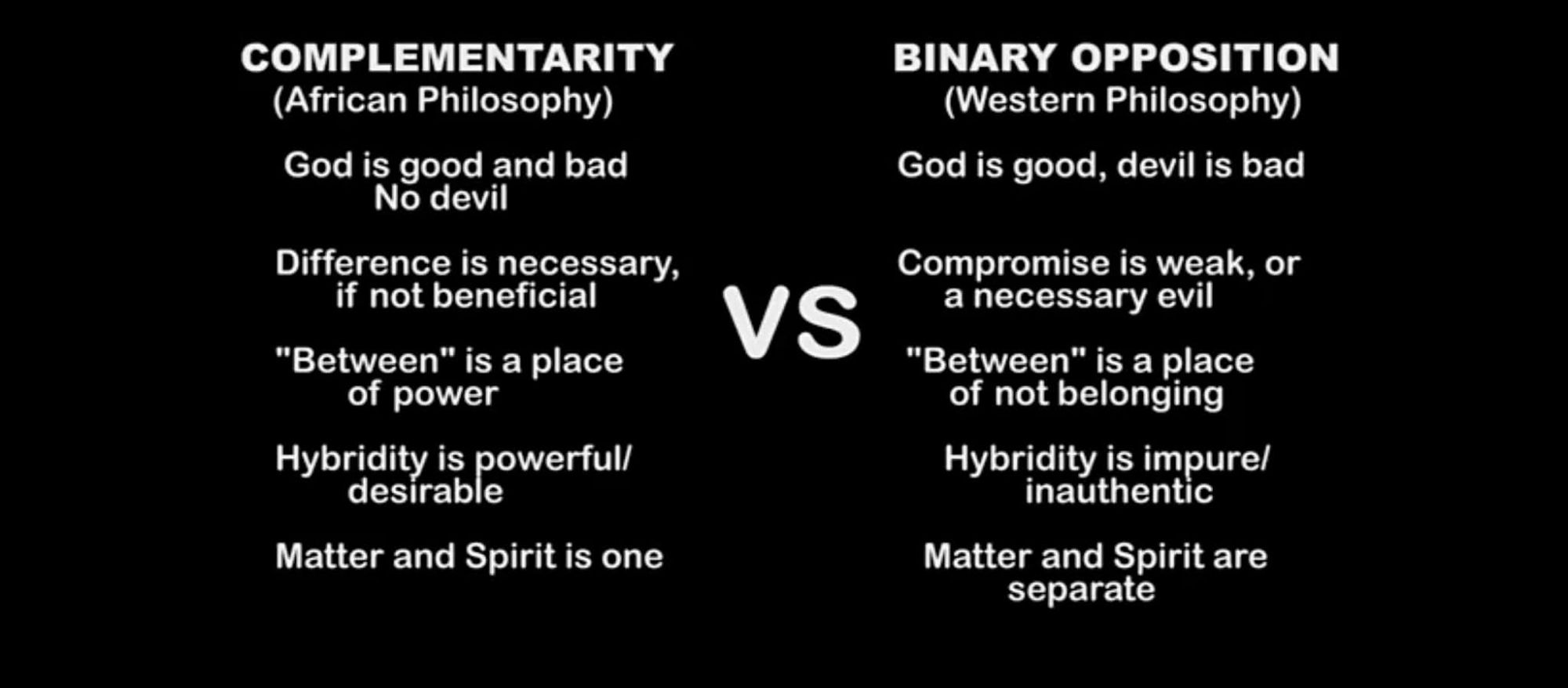
The indigenous African civilization has a different philosophy known as Binary Complimentarity as opposed to Binary Opposition in Asiatic especially Abrahamic civilizations. Indigenous African groups don’t have shrines for Almighty God like Eledunmare/Chukwu, instead they identify the different essences.
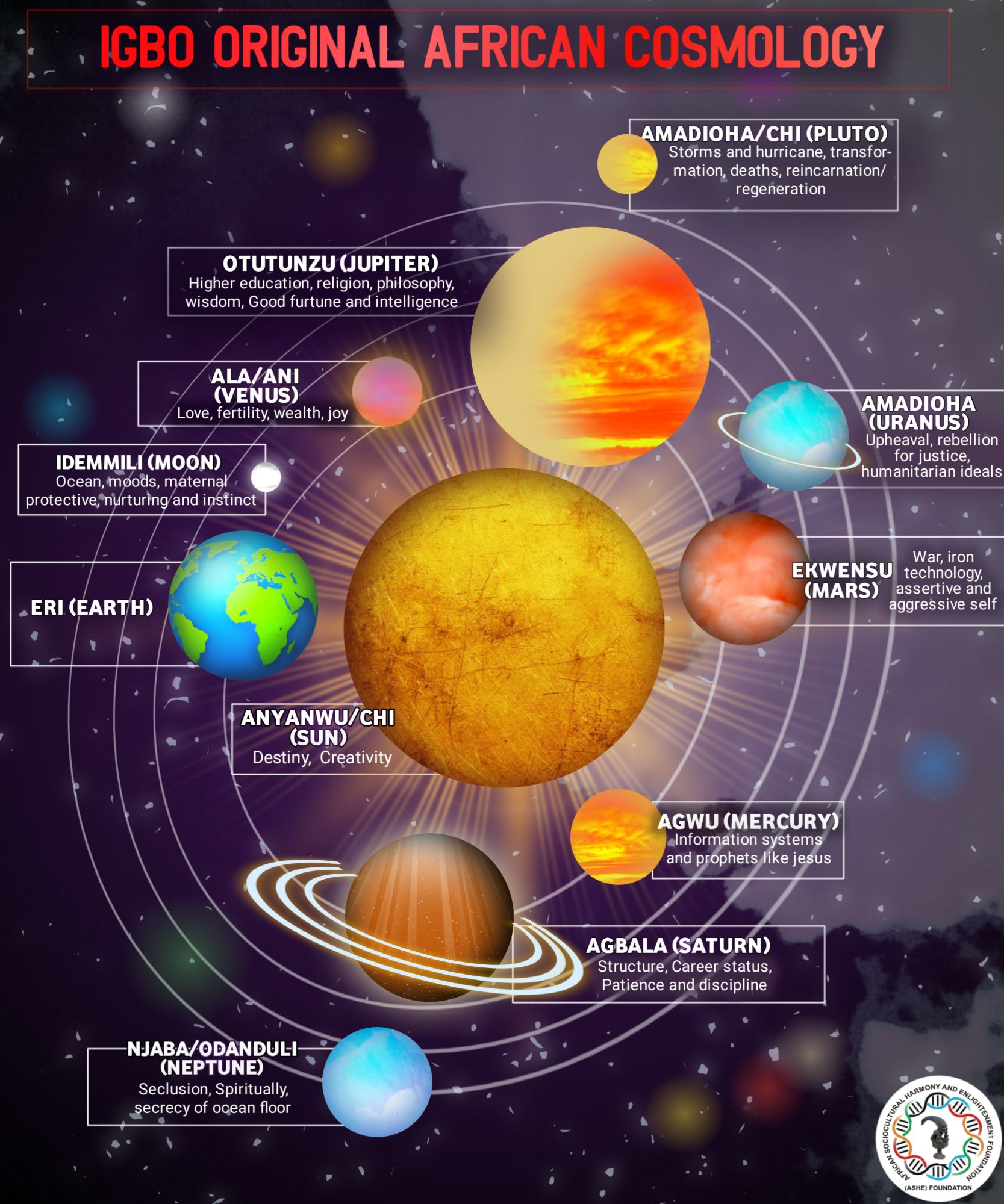
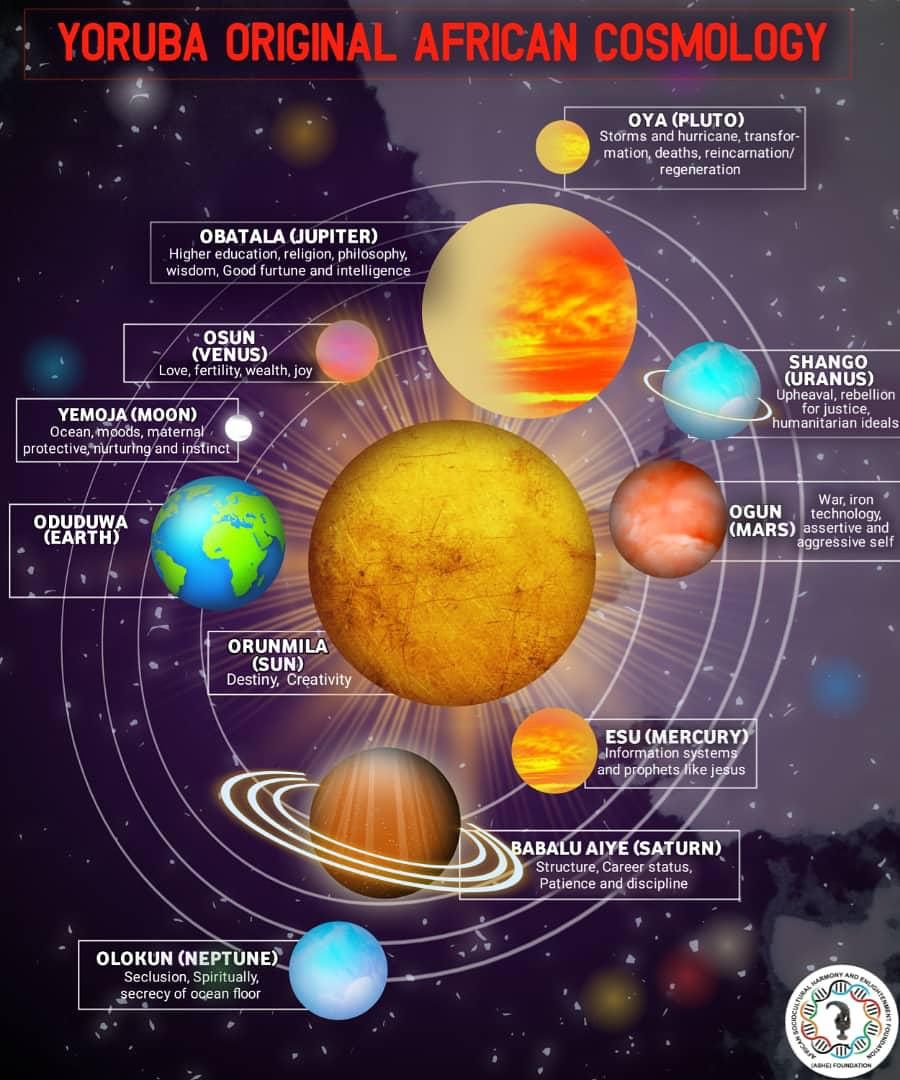
Based on cyclical dualism of the natural environment, indigenous Africans practice spiritual sciences, having a scientific approach that understands everything has positive and negative, from basic atoms with neutrons and protons to even Almighty God known to be both good and bad. Therefore there is no Satanic/Devil figure that is majorly evil. The African philosophy sees hybridity, compromise and opposites as one and complete.
Unfortunately Asiatics that are 80,000 years younger but started with an essence of war due to their freezing arid environment, out of desperation conquered and took over the indigenous African civilization, which they essentially disfigured and derailed with linearity and extremism. Colonialized and westernized Africans could no longer understand their superior indigenous African cyclical philosophical and spiritual essences, with the important ones like Esu, Ekwensu and others demonized.
5. Social organization and Politics –
The indigenous African civilization was Polycentric in nature due to the abundance of the land, unlike the Asiatics whose arid environment dictated a more centralized control system. Though the different city-states, villages and clans have monarchs or theocrats, they often subscribed to wider geographic shared conventions traced to shared origins.